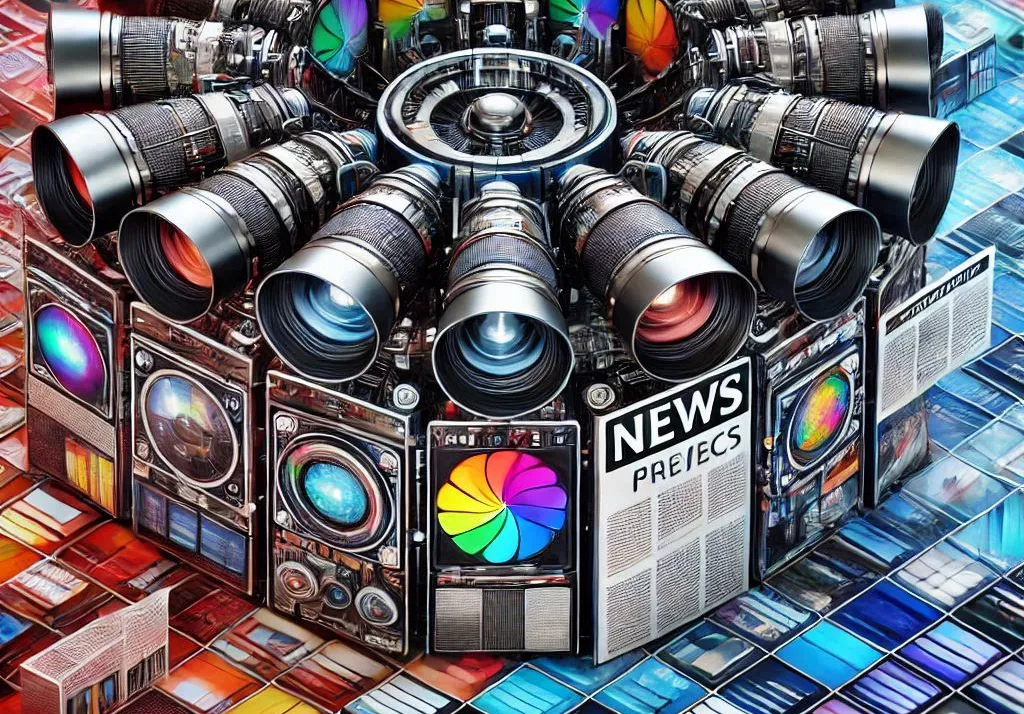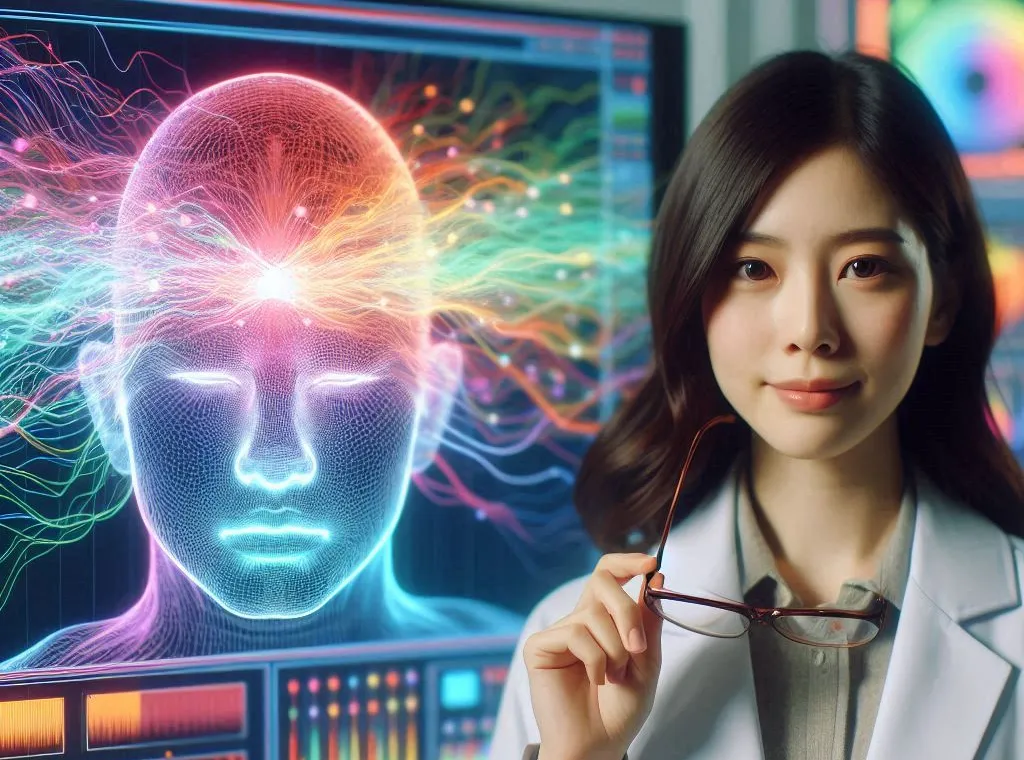
ObjectDetector Project: A Deep Learning Approach
Introduction
The ObjectDetector project is designed to identify and classify objects in images and videos using advanced deep learning models such as Faster R-CNN and YOLO (You Only Look Once). These models are widely used in real-world applications like autonomous vehicles and surveillance systems, where precise and rapid object detection is crucial. The primary objective of this project is to accurately detect objects such as vehicles, pedestrians, and animals in various scenarios while comparing the performance of the two models in terms of speed, accuracy, and approach.
Dataset and Tools
To train and evaluate the models, we utilized the COCO dataset, which is a benchmark dataset featuring annotated images with various objects. The dataset provides high-quality, labeled data, making it ideal for deep learning tasks like object detection. For the implementation:
- YOLO was deployed using the Darknet framework and tested with OpenCV for image processing and visualization.
- Faster R-CNN was implemented using PyTorch, leveraging its pre-trained models and robust ecosystem.
- OpenCV was extensively used for reading, processing, and displaying input/output images.
Implementation Details
Faster R-CNN Workflow
The Faster R-CNN model was trained on the COCO dataset and then evaluated on test images. The process involved:
- Loading the Model: Setting the model to evaluation mode to prevent updates to weights during inference.
- Processing Input:
- Images were opened and converted to RGB format.
- The images were transformed into PyTorch tensors and batched for model input.
- Inference and Output:
- Predictions were extracted, including bounding boxes, labels, and confidence scores.
- A confidence threshold was applied to filter low-confidence detections.
- Bounding boxes and labels were drawn on the image using OpenCV, providing a visual representation of detected objects.
YOLO Workflow
The YOLO model, known for its real-time detection capabilities, So I followed these steps:
- Preprocessing:
- Input images were read using OpenCV and converted from BGR to RGB color space, as YOLO expects RGB input.
- Inference:
- The YOLO model processed the input image in a single pass, generating detections as a fixed-size tensor.
- Postprocessing:
- Detections were parsed to extract bounding box coordinates, confidence scores, and class IDs.
- Labels were formatted and drawn on the image using OpenCV, producing an annotated output image.
Performance Comparison
| Feature | YOLO | Faster R-CNN |
|---|---|---|
| Speed | Fast; real-time processing | Slower due to two-stage detection |
| Accuracy | Good, but less precise for small objects | High, especially for small or complex objects |
| Approach | Single-pass grid-based detection | Region proposal followed by classification |
| Output | Fixed-size tensor regardless of objects | Variable output based on detected objects |
| Flexibility | Suitable for real-time applications | Better at handling varying object sizes |
YOLO is advantageous in scenarios requiring speed, such as autonomous driving, where rapid decisions are essential. Faster R-CNN, on the other hand, excels in applications demanding higher accuracy, such as medical imaging or detailed surveillance.
Results and Insights
The project highlighted the trade-offs between speed and accuracy inherent in object detection models:
- YOLO:
- Achieved faster inference times, processing images in real-time.
- Detected larger objects effectively but struggled with smaller or overlapping objects.
- Faster R-CNN:
- Provided more accurate detections, especially for small or complex objects.
- Required longer processing times, making it less suitable for real-time use.
These findings demonstrate the importance of selecting a model based on the specific requirements of the application.
Potential Applications of the ObjectDetector Project:
Healthcare:
- Medical Imaging: Identifying tumors, fractures, and other anomalies in X-rays, MRIs, and CT scans with high precision.
- Assistive Technologies: Helping visually impaired individuals navigate their environment by detecting and describing objects around them.
Agriculture:
- Crop Monitoring: Detecting pests, diseases, and weeds in crops for timely intervention and better yield management.
- Livestock Management: Monitoring the health and behavior of livestock to ensure their well-being and productivity.
Retail:
- Inventory Management: Automating inventory tracking in warehouses and stores to maintain optimal stock levels.
- Customer Analytics: Understanding customer behavior by analyzing foot traffic and interaction with products.
Environment:
- Wildlife Conservation: Monitoring animal populations and their movements in natural habitats for conservation efforts.
- Environmental Monitoring: Detecting pollution sources and assessing environmental changes over time.
Manufacturing:
- Quality Control: Inspecting products on assembly lines for defects, ensuring high standards of quality.
- Automation: Enhancing the efficiency of robotic systems in manufacturing processes.
Transportation:
- Traffic Management: Monitoring and analyzing traffic flow to improve congestion management and road safety.
- Smart Cities: Integrating with urban infrastructure to enhance public safety and efficiency of city services.
By implementing these advanced deep learning models, the ObjectDetector project can provide valuable solutions across a wide range of industries, improving efficiency, safety, and overall effectiveness in various applications.
Challenges and Future Work
During the project, a few challenges arose, including:
- Dataset Preparation: Ensuring the dataset was clean and annotated properly was time-consuming.
- Model Optimization: Balancing accuracy and speed required fine-tuning model parameters.
- Real-world Testing: Testing models on diverse, real-world images posed challenges, as some objects were partially obscured or poorly lit.
Future enhancements include:
- Incorporating multi-model ensemble techniques to combine the strengths of YOLO and Faster R-CNN.
- Exploring transfer learning with domain-specific datasets for better adaptability.
- Deploying the models on edge devices to enable real-time detection in resource-constrained environments.
Conclusion
The ObjectDetector project successfully demonstrated the capabilities of YOLO and Faster R-CNN for object detection, showcasing their strengths and limitations in real-world applications. By leveraging state-of-the-art models and tools, we achieved robust detection results, paving the way for further advancements in the field of computer vision and deep learning. This project serves as a stepping stone for future research and development in object detection technologies.



